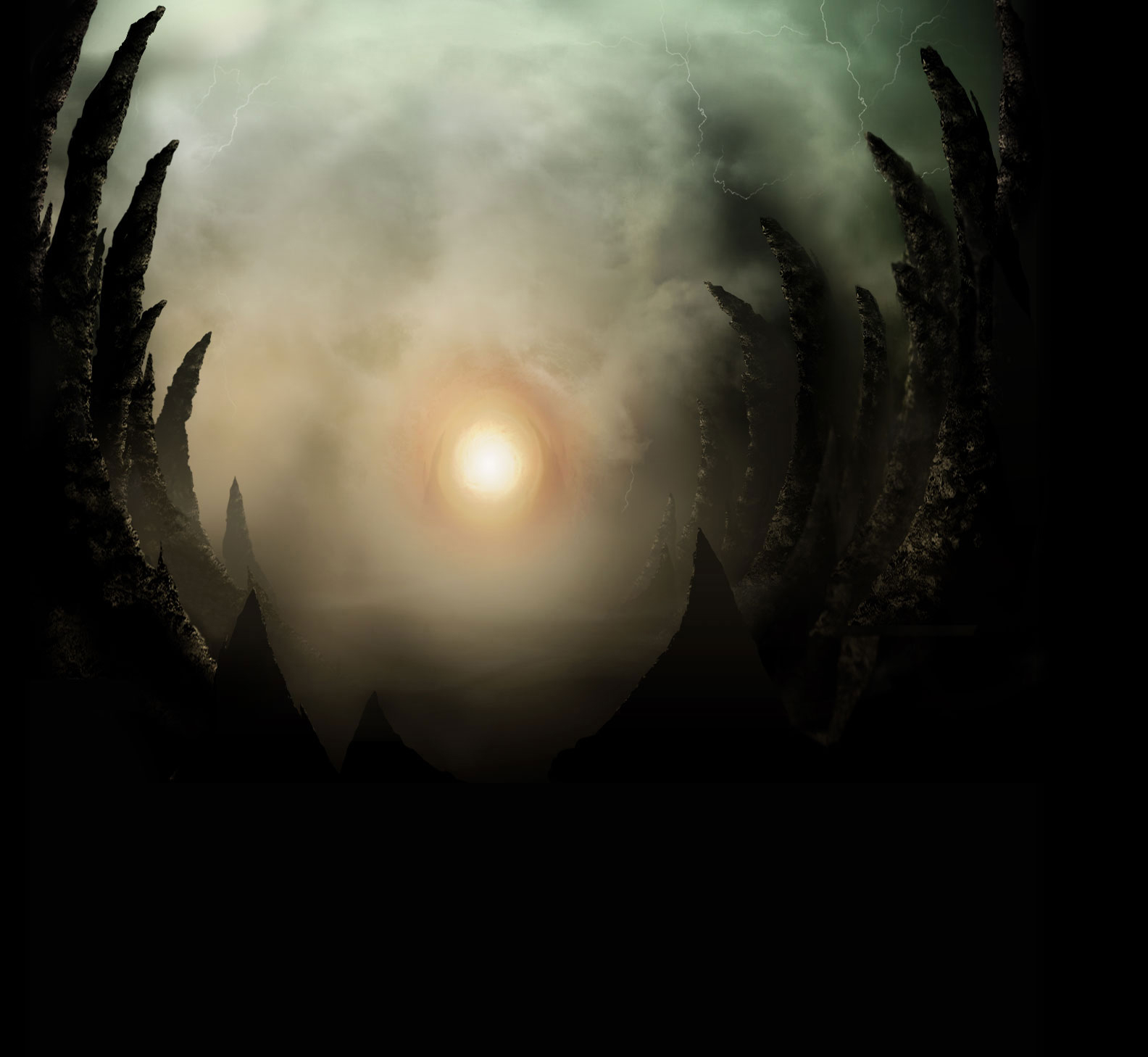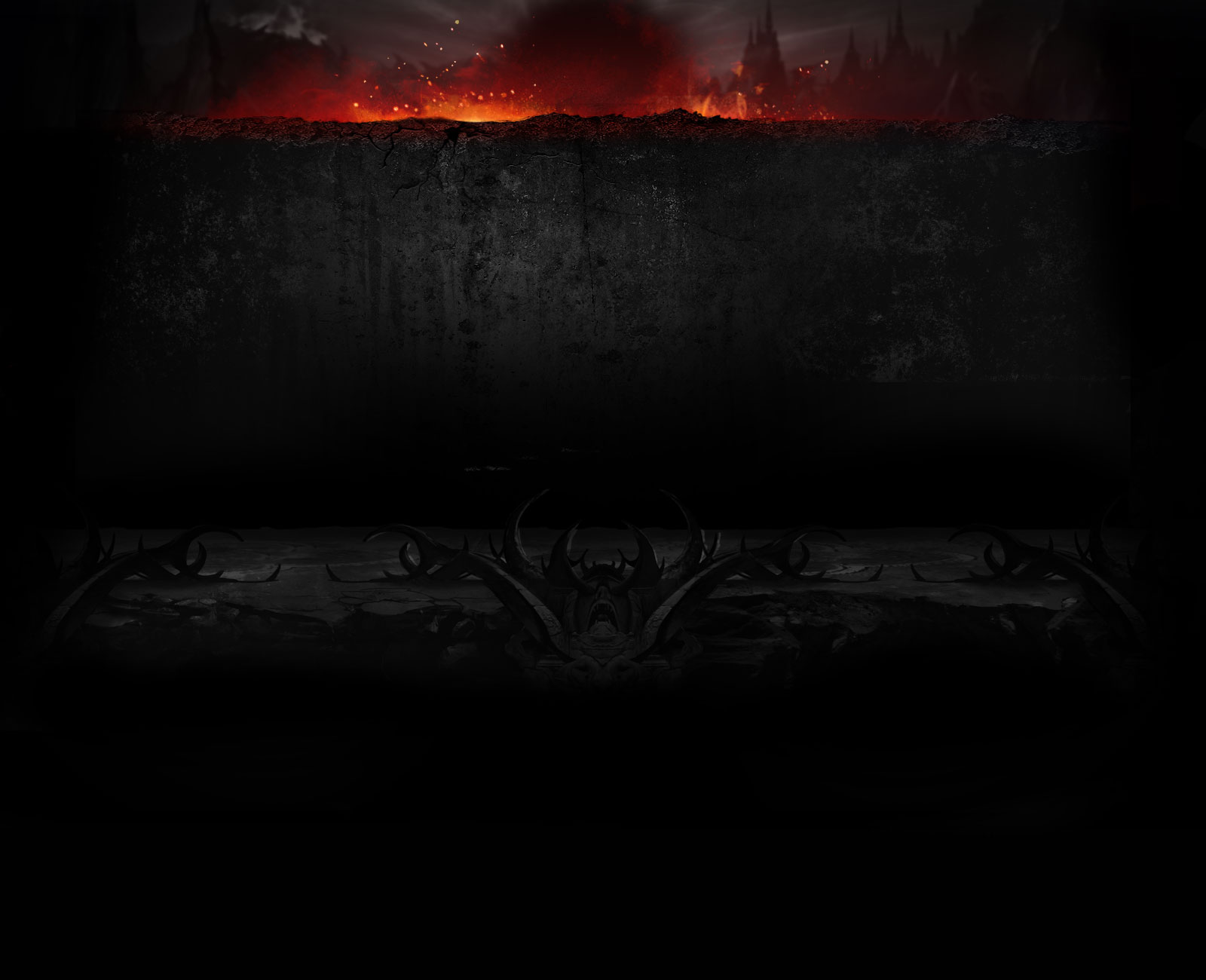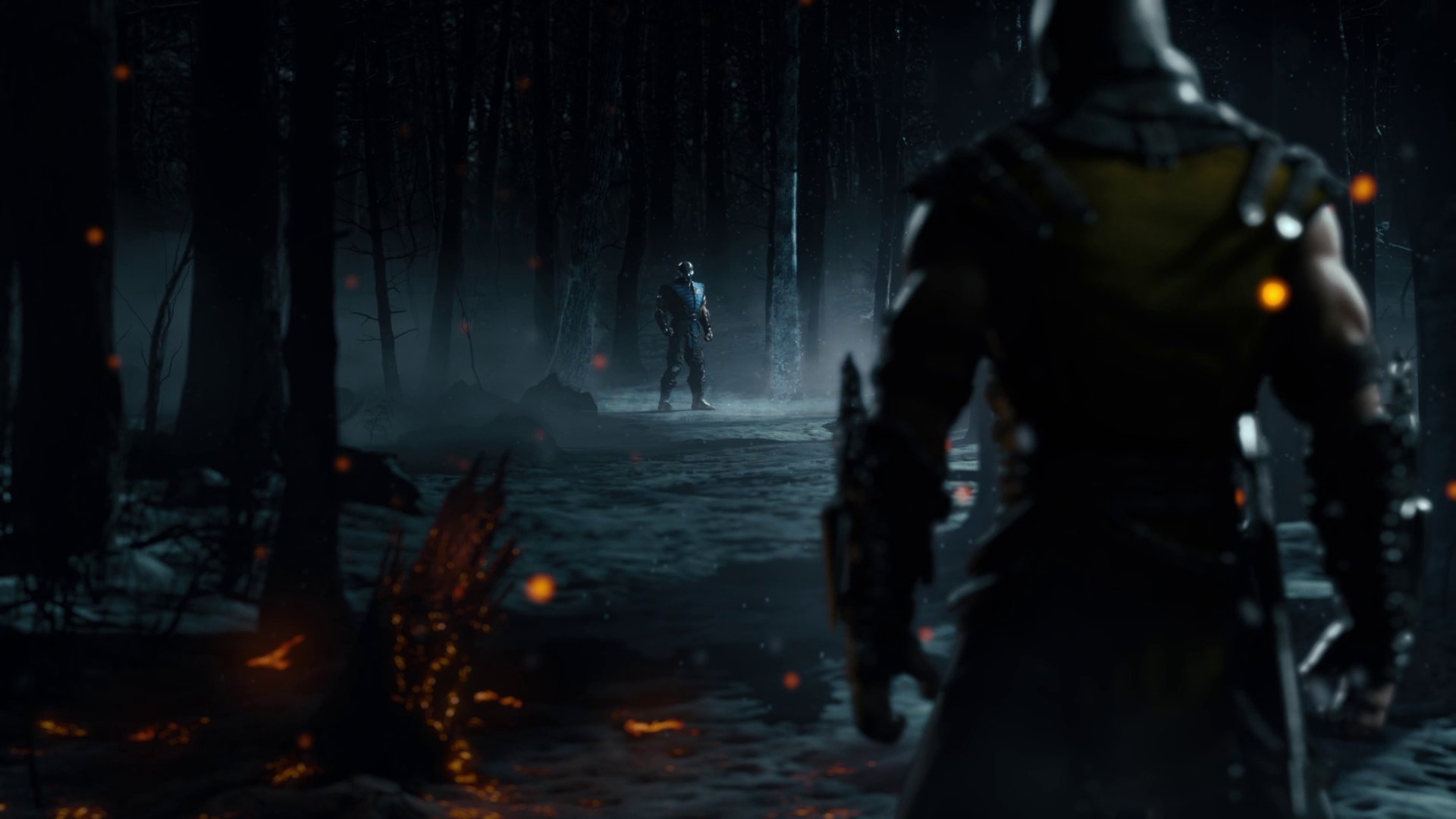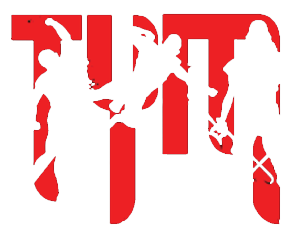Wrenchfarm
Lexcorp Proprietary Technologies
I was thinking about the modern NRS games (MK9-11, IJ1 & 2) recently and some commonalities between them. Mainly, I'm wondering why they are balanced and designed the way they are.
I know this is always a divisive topic, so let me be straight up front - I have made peace with how these games are. I have played and enjoyed every single one of them and I am not looking for some kind of bash session on the titles. I don't even really care if NRS ever changes their design style. I'm gonna play the next game they put out regardless.
But I am genuinely curious why NRS designs the games like they do and I want to know what others think. So I'm gonna share my thoughts and I'm interested to hear other perspective and speculation.
These are intentional decisions - First of all, I think NRS absolutely makes these decisions intentionally. They are an experienced studio and have a number of former pro-FG players on staff in a number of different positions. I don't think it somehow escapes their notice that certain characters have better tools than others or that lopsided matches exist in their games. Whenever I see people bash on the devs like they somehow don't understand the game they've made I bristle. But the flip side of is because it's intentional there has to be some kind of thought process behind it, and that process (unfortunately) isn't always clear when you're playing the finished product.
Here are some of the things I notice across titles :
Feast and Famine characters - Across each title there are always a few characters that can seemingly do everything and a few who seem to have very specific and niche playstyles that often have less reward than other characters that can do the same thing better and more. I look at launch MK11 and compare a character like Kotal against Lui Kang. Our own @Evil Canadian made a video about Kotal and his various struggles (which to be fair several of which were eventually patched) that breaks them down in detail and paints a pretty damning picture of a character that feels half-baked. Useless buttons, useless specials, low damage, only 1 viable variation at launch (and even it had problems), etc etc (and Kotal was far from alone with these kind of issues). Then you have Lui Kang who can zone, mix, enjoys baked in KB bait, can convert any hit into decent damage and is easier to use to boot. And this is far from limited to this example or MK11. Think about IJ and characters like Superman who have the same quality - great buttons, great zoning, huge damage, and a very simple gameplan vs someone like Hawkwoman who has to work twice has hard to do half as much.
Most other fighting games try to make characters have more clearly defined roles, strengths and weaknesses, but NRS will often just give some characters a smorgasbord of tools while leaving others out in the cold to starve. Why? With Superman I suppose it's baked into the character, and Lui is the protagonist so maybe that factors in, but then you have character like Geras and Collector who are both new and one is a wrecking ball while the other is a soggy pool noodle. What do we think is the logic here? Just leaving room for the low tier heroes out there? A general acceptance that some characters just are not meant to compete as well as others (which asks a whole host of other questions if you accept that)?
System mechanics that benefit characters unevenly - Similar to the above, I look at mechanics in MK11 and how they are implemented across the cast. FBs are a terrific example. Some characters need to be point blank to land theirs, or deal with goofy hitboxes that make the move unreliable (hi again Kotal!) while others (often already strong characters) get very potent full screen FBs, or FBs that nullify zoning (Kabal, Noob, Cetrion). Same with KBs, which I generally like and I support them as a design element, but they are unevenly distributed. This has been beat to death so you don't need me to go into it, but even at the base level things like the throw KBs kill me. Why do some characters get a fun mix-up element ("uh oh, if he forward throws me again it will be the KB, so I'll tech forward and take the backthrow" "kekeke, I'm gonna backthrow this idiot 5 times in a row") while others just get "next throw kills, GG"?
And again, this usually follows the pattern of already strong characters getting access to the best/most reliable KBs. Why?
If you just described KBs to me in a vacuum, I would just assume they were used as a balancing tool. The stronger the character the fewer KBs they have or the more specific/difficult the conditions to trigger them, while weaker characters would have easier or more reliable KBs to give them a little extra juice. But this just isn't the case and I have to wonder why. You can say the same with armor breaks where some characters got armor breaks that they would probably use in a combo normally while others have to make a hard read or even spec into a less useful variation to even have access to theirs. Or, speaking of variations, some characters across MKX and MK11 got multiple excellent options while others only have 1 viable variation (most striking on launch MK11). Why!? They have to see this so what is the design philosophy at work and what is the goal?
Core gamer appeal vs noob crushing characters/moves - This one is the most baffling to me and really is my core question when I look at NRS games.
NRS does a ton of really hard work to appeal to the wider market, not just the FGC crowd. They put a ton of single player stuff in the game, big cinematic stories, DLC guest characters that are meant to bring in a broader audience, all that good shit. It's clear they really want to onboard new and "causal" fighting game fans and they do get them, just look at the sales numbers! Anecdotally I have several friends who couldn't give a shit about SF, GG, or any other FG, but have bought every MK released since the 90s.
Then those core gamers go online and get absolutely OBLITERATED by Deadshot or Deathstroke from full screen, or a difficult to counter move like the classic Shokan stomp or Doomsday's high/low stomp. We've all seen the crying streamer clip and you absolutely know that is not a unique experience.
Again, I have to say that I am personally fine with this kind of thing. I can deal with strong zoning and I understand what is happening when Doomsday loops me with a hard to block move online. But for the "average" player who isn't going to have the patience for full screen bullet hell or understand quite what is happening when they get stomped on wake up 20 times in a row, it's insanely frustrating. All you need to do is go to a major gaming website or popular non-FG YouTuber's channel and read the comments to see just how frustrating and repellent these designs are. They really do send people screaming from the games.
NRS does all this work to bring these people in, and then immediately chases them away the second they try to step out of the kiddie pool of SP and play online, and I have to wonder why. You have these characters with a very simple, one-move gameplan that requires much more work to counterplay game after game (MK11 is slightly better about this but still has it's moments). This is especially striking with things like the delayed stomp or "online Doomsday" where even if you understand the situation you can still get busted up pretty easily. Or with some of the more infamous zoners who enjoy full screen domination and then a invincible reversal to bail them out when the opponent finally gets in, or just as dangerous and rewarding mix as the supposed rush down characters on the roster.
What do we think the idea here is? Do these moves/characters exist to give mediocre players a way to scam some wins online? Is the idea to push new/casual FG gamers towards the lab and resources to learn the game by providing them with an identifiable challenge that they will definitely encounter on a regular basis? What is the design goal when they put Full Auto Jacquie or launch Deathstroke in the game?
This reads a lot like a list of salty complaints, but I promise I'm not trying to just re-litigate a bunch of shitposts. I genuinely want to understand why NRS makes the decisions they do when so many of them seem to run counter to their goals (IE bringing in a large and sustained audience that will want to buy DLC and the next game they put out). Is there some strategy I'm missing here? Why do you think they make these decisions?
Speculate away!
I know this is always a divisive topic, so let me be straight up front - I have made peace with how these games are. I have played and enjoyed every single one of them and I am not looking for some kind of bash session on the titles. I don't even really care if NRS ever changes their design style. I'm gonna play the next game they put out regardless.
But I am genuinely curious why NRS designs the games like they do and I want to know what others think. So I'm gonna share my thoughts and I'm interested to hear other perspective and speculation.
These are intentional decisions - First of all, I think NRS absolutely makes these decisions intentionally. They are an experienced studio and have a number of former pro-FG players on staff in a number of different positions. I don't think it somehow escapes their notice that certain characters have better tools than others or that lopsided matches exist in their games. Whenever I see people bash on the devs like they somehow don't understand the game they've made I bristle. But the flip side of is because it's intentional there has to be some kind of thought process behind it, and that process (unfortunately) isn't always clear when you're playing the finished product.
Here are some of the things I notice across titles :
Feast and Famine characters - Across each title there are always a few characters that can seemingly do everything and a few who seem to have very specific and niche playstyles that often have less reward than other characters that can do the same thing better and more. I look at launch MK11 and compare a character like Kotal against Lui Kang. Our own @Evil Canadian made a video about Kotal and his various struggles (which to be fair several of which were eventually patched) that breaks them down in detail and paints a pretty damning picture of a character that feels half-baked. Useless buttons, useless specials, low damage, only 1 viable variation at launch (and even it had problems), etc etc (and Kotal was far from alone with these kind of issues). Then you have Lui Kang who can zone, mix, enjoys baked in KB bait, can convert any hit into decent damage and is easier to use to boot. And this is far from limited to this example or MK11. Think about IJ and characters like Superman who have the same quality - great buttons, great zoning, huge damage, and a very simple gameplan vs someone like Hawkwoman who has to work twice has hard to do half as much.
Most other fighting games try to make characters have more clearly defined roles, strengths and weaknesses, but NRS will often just give some characters a smorgasbord of tools while leaving others out in the cold to starve. Why? With Superman I suppose it's baked into the character, and Lui is the protagonist so maybe that factors in, but then you have character like Geras and Collector who are both new and one is a wrecking ball while the other is a soggy pool noodle. What do we think is the logic here? Just leaving room for the low tier heroes out there? A general acceptance that some characters just are not meant to compete as well as others (which asks a whole host of other questions if you accept that)?
System mechanics that benefit characters unevenly - Similar to the above, I look at mechanics in MK11 and how they are implemented across the cast. FBs are a terrific example. Some characters need to be point blank to land theirs, or deal with goofy hitboxes that make the move unreliable (hi again Kotal!) while others (often already strong characters) get very potent full screen FBs, or FBs that nullify zoning (Kabal, Noob, Cetrion). Same with KBs, which I generally like and I support them as a design element, but they are unevenly distributed. This has been beat to death so you don't need me to go into it, but even at the base level things like the throw KBs kill me. Why do some characters get a fun mix-up element ("uh oh, if he forward throws me again it will be the KB, so I'll tech forward and take the backthrow" "kekeke, I'm gonna backthrow this idiot 5 times in a row") while others just get "next throw kills, GG"?
And again, this usually follows the pattern of already strong characters getting access to the best/most reliable KBs. Why?
If you just described KBs to me in a vacuum, I would just assume they were used as a balancing tool. The stronger the character the fewer KBs they have or the more specific/difficult the conditions to trigger them, while weaker characters would have easier or more reliable KBs to give them a little extra juice. But this just isn't the case and I have to wonder why. You can say the same with armor breaks where some characters got armor breaks that they would probably use in a combo normally while others have to make a hard read or even spec into a less useful variation to even have access to theirs. Or, speaking of variations, some characters across MKX and MK11 got multiple excellent options while others only have 1 viable variation (most striking on launch MK11). Why!? They have to see this so what is the design philosophy at work and what is the goal?
Core gamer appeal vs noob crushing characters/moves - This one is the most baffling to me and really is my core question when I look at NRS games.
NRS does a ton of really hard work to appeal to the wider market, not just the FGC crowd. They put a ton of single player stuff in the game, big cinematic stories, DLC guest characters that are meant to bring in a broader audience, all that good shit. It's clear they really want to onboard new and "causal" fighting game fans and they do get them, just look at the sales numbers! Anecdotally I have several friends who couldn't give a shit about SF, GG, or any other FG, but have bought every MK released since the 90s.
Then those core gamers go online and get absolutely OBLITERATED by Deadshot or Deathstroke from full screen, or a difficult to counter move like the classic Shokan stomp or Doomsday's high/low stomp. We've all seen the crying streamer clip and you absolutely know that is not a unique experience.
Again, I have to say that I am personally fine with this kind of thing. I can deal with strong zoning and I understand what is happening when Doomsday loops me with a hard to block move online. But for the "average" player who isn't going to have the patience for full screen bullet hell or understand quite what is happening when they get stomped on wake up 20 times in a row, it's insanely frustrating. All you need to do is go to a major gaming website or popular non-FG YouTuber's channel and read the comments to see just how frustrating and repellent these designs are. They really do send people screaming from the games.
NRS does all this work to bring these people in, and then immediately chases them away the second they try to step out of the kiddie pool of SP and play online, and I have to wonder why. You have these characters with a very simple, one-move gameplan that requires much more work to counterplay game after game (MK11 is slightly better about this but still has it's moments). This is especially striking with things like the delayed stomp or "online Doomsday" where even if you understand the situation you can still get busted up pretty easily. Or with some of the more infamous zoners who enjoy full screen domination and then a invincible reversal to bail them out when the opponent finally gets in, or just as dangerous and rewarding mix as the supposed rush down characters on the roster.
What do we think the idea here is? Do these moves/characters exist to give mediocre players a way to scam some wins online? Is the idea to push new/casual FG gamers towards the lab and resources to learn the game by providing them with an identifiable challenge that they will definitely encounter on a regular basis? What is the design goal when they put Full Auto Jacquie or launch Deathstroke in the game?
This reads a lot like a list of salty complaints, but I promise I'm not trying to just re-litigate a bunch of shitposts. I genuinely want to understand why NRS makes the decisions they do when so many of them seem to run counter to their goals (IE bringing in a large and sustained audience that will want to buy DLC and the next game they put out). Is there some strategy I'm missing here? Why do you think they make these decisions?
Speculate away!





